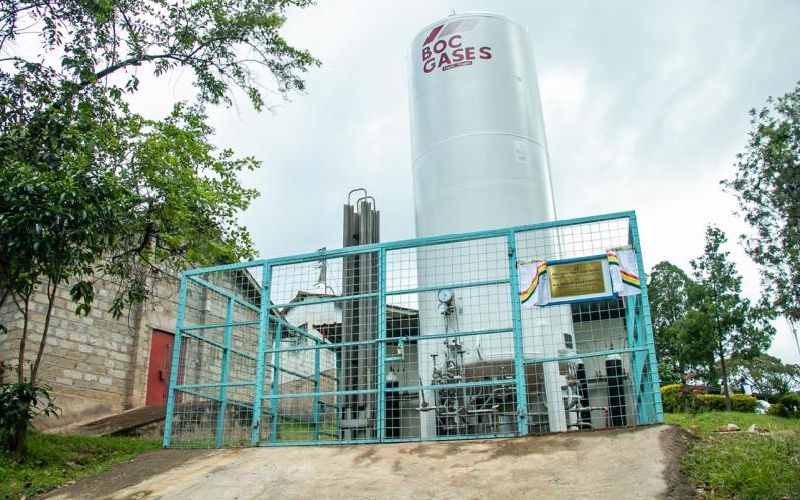×
The Standard e-Paper
Home To Bold Columnists

Breathing is one of those activities that majority of people take for granted, yet a couple of minutes without air – oxygen, to be more specific – will inevitably lead to the loss of life.
The deaths caused by the coronavirus disease, where patients suddenly could not get adequate oxygen in their lungs and had to rely on ventilators, helped to highlight the importance of medical oxygen.